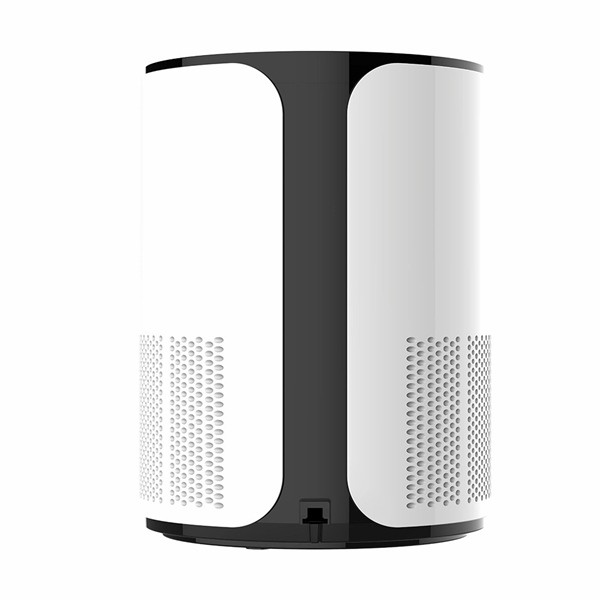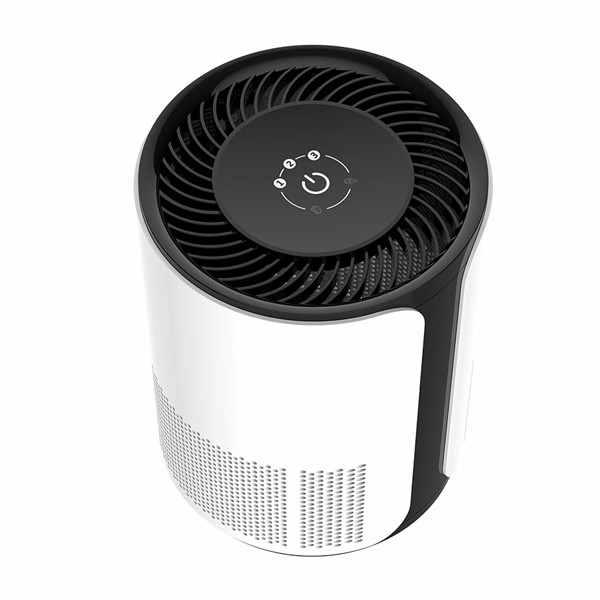Smart Home Sensor Air Purifiers Portable for Allergy Smokers
Product description
When choosing a household air purifier, consumers should pay attention to its CADR value (purification efficiency), CCM value (filter life), energy consumption, noise and other indicators, and choose according to their own needs and actual situation. By using household air purifiers reasonably, people can create a healthier and safer indoor living environment for themselves and their families.

Home air purifiers have a wide range of application scenarios, suitable for bedroom, living room, children's room and other home spaces, as well as for offices and meeting rooms. In these environments, air purifiers can effectively remove harmful substances such as particulate matter, pollen, odors, formaldehyde, bacteria, allergens, etc., providing a fresh, healthy, and comfortable indoor environment.

Air purifiers, as a device that can effectively improve indoor air quality, are gradually being favored by people. This article will provide you with a detailed introduction to the working principle, classification, selection points, and important role of air purifiers in improving indoor air quality.

Air purifiers mainly use various technical means such as physical filtration, electrostatic dust removal, chemical adsorption, negative ions, etc. to remove pollutants such as particles, bacteria, viruses, and harmful gases from indoor air, thereby improving indoor air quality. Its working principle can be summarized as inhaling indoor air, undergoing multi-layer filtration and purification treatment, and then releasing fresh and clean air back into the room.


Recommended products




